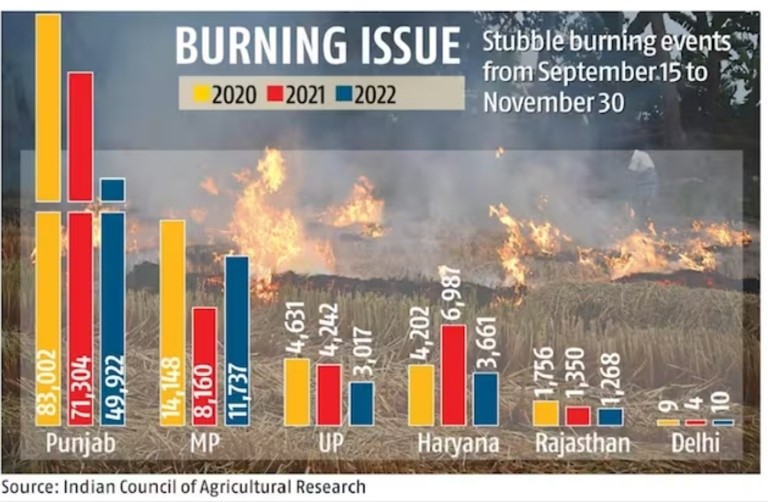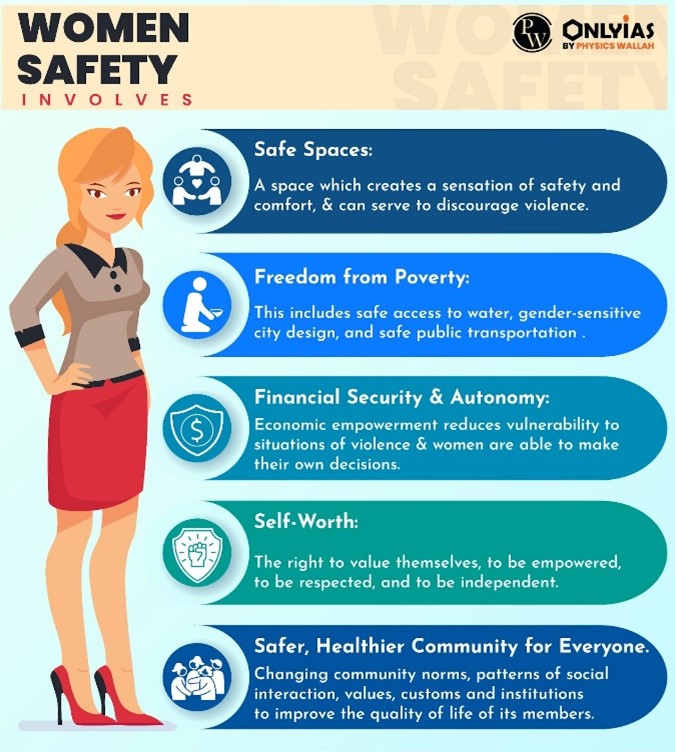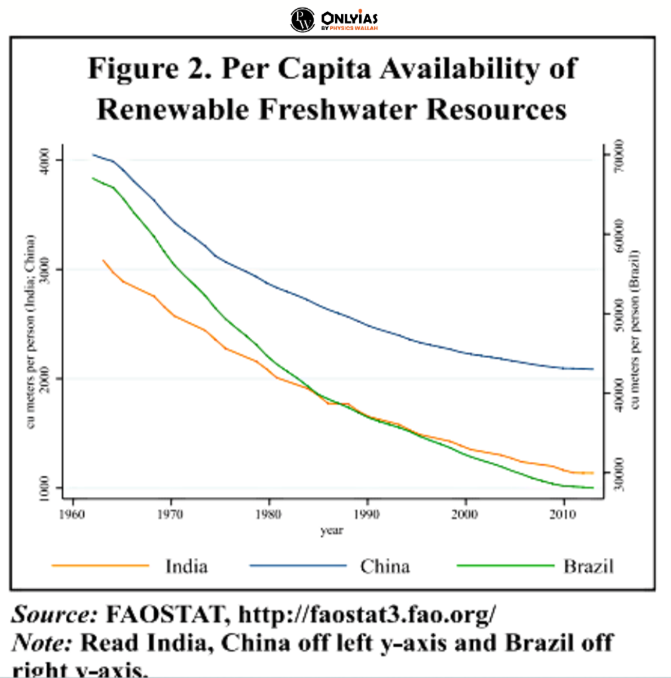| Toto Shabda Sangraha |
About Toto language:
|
| Final Call to Take Down Content Left to Intermediaries: |
About IT Amendment Rules, 2023:
|
| India’s first offshore wind projects |
|
| Promotion of Research and Innovation in Pharma and MedTech sector (PRIP) scheme |
About PRIP scheme :
Scheme components:
|
Context: The Bhopal-based Indian Institute of Science Education and Research (IISER) collaborated with the International Maize and Wheat Improvement Center (CIMMYT) to develop satellite-based technology that offers insights into GHGs emitted from the stubble burning.

Context: Recently, 2 Odisha MLAs were suspended due to misconduct in the state assemly.
Context: The digital world of cookies plays a significant role in any online experience.
What is Antibody or immunoglobulin ?
|
|---|
About ‘Compassionate use’ Basis:
|
|---|
| Relevancy for Prelims: Women safety, National Crime Records Bureau (NCRB), UNICEF, NCRB, Cyber-violence, Cyber Crime Prevention against Women and Children (CCPWC), and Protection of Children from Sexual Offences Act, 2012.
Relevancy for Mains: Issues Associated with Women Safety in India, Sexual Harassment at Workplace, Measure Taken to Improve Women Safety, and laws relating to women safety in India. |
|---|

Women Safety: Sexual Harassment at Workplace
|
|---|
Also read: UN Guidance call to protect Children’s Rights
Various special laws relating to women safety in India, includes:
|
|---|
Also read: Child, law, and Consensual Sex
Best Practices to Enhance Women Safety:
|
|---|
Ensuring women safety in India in line with SDG Goal 5 (Gender Equality) which specifically targets achieving gender equality and empowering all women and girls, addressing issues like violence and discrimination can help in ensuring the prosperity of nations and progress of societies.
| Attempt the Mains Question: We are witnessing increasing instances of sexual violence against women in the country. Despite existing legal provisions against it, the number of such incidences is on the rise. Suggest some innovative measures to tackle this menace. (GS Paper 4: UPSC Mains 2014) |
|---|
| Relevancy for Prelims: Green Revolution in India, MS Swaminathan, International Rice Research Institute (IRRI), National Commission on Farmers (NCF), and Minimum Support Price.
Relevancy for Mains: Green Revolution in India, High-yielding varieties of crops, Achievements of the Green Revolution, positive and negative Impacts of the Green Revolution, and Social challenges related to the Green Revolution. |
|---|
What is the Green Revolution?
The main focus areas of the Green Revolution in India were:
|
|---|
During the 1960s, when the country was on the brink of a mass famine and faced severe food shortages, Swaminathan collaborated with fellow scientist Norman Borlaug and others to develop high-yielding varieties of wheat and rice.
| National Commission on Farmers (NCF) chaired by Swaminathan.
One of NCF’s key recommendations was to have minimum support prices (MSP) for farmers based on the cost of production plus 50 percent return. |
|---|
Post challenges of Green Revolution in India: Shrinking Land holdings: At present, the per capita available land is only about 0.10 hectares. This is much below the world average of about 4.50 hectares. Over 75% of the landholding are less than one hectare.

ALSO READ: POVERTY AND DEVELOPMENT ISSUES
Green Revolution in India, spearheaded by visionaries like MS Swaminathan, brought about unprecedented increases in agricultural productivity and self-sufficiency, its legacy reveals a nuanced tapestry of successes and challenges. However, the green revolution technology, in spite of its severe criticism on the issues related to equity, ecology and environment, thus made a remarkable contribution in transforming the Indian economy from its notorious ship-to-mouth food-deficit status to that of not only a food-self-sufficient country but even a food-surplus country.
| Attempt the Mains Question: From being net food importer in 1960s, India has emerged as a net food exporters to the world. Provide reasons. |
|---|
SC Verdict on Newsclick Shows Adherence to Due Pro...
Stay Invested: On Chabahar and India-Iran Relation...
Credit Rating Agencies, Impact on India’s De...
Catapulting Indian Biopharma Industry
Globalisation Under Threat, US Import Tariffs Have...
Global Report on Hypertension, Global Insights and...
<div class="new-fform">
</div>
